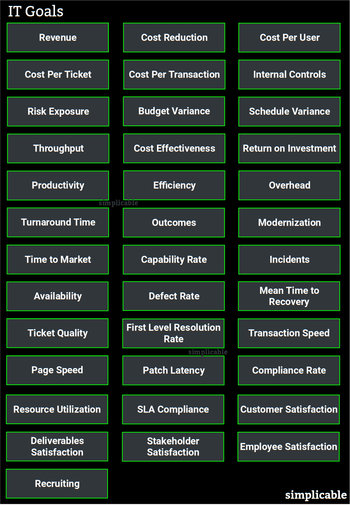
Example
An IT team provides a marketing team with an SLA that specifies a 99.99% uptime target for their website. The IT team maintains an OLA that describes the deployment, maintenance and support arrangements for the website that includes roles for service desk, web development, application development, database administrators and infrastructure support. If the site goes down, the OLA provides a clear escalation path and procedure for resolving the incident quickly and following up to make sure the root cause is addressed.| SLA vs OLA | ||
Service level agreement | Operational level agreement | |
Definition | Documented service commitments that a service provider offers a customer. | A document that describes the roles, responsibilities, timeframes, policies and processes that operational teams use to achieve an SLA. |
Example | An uptime guarantee. | A call tree for incident management. |


























